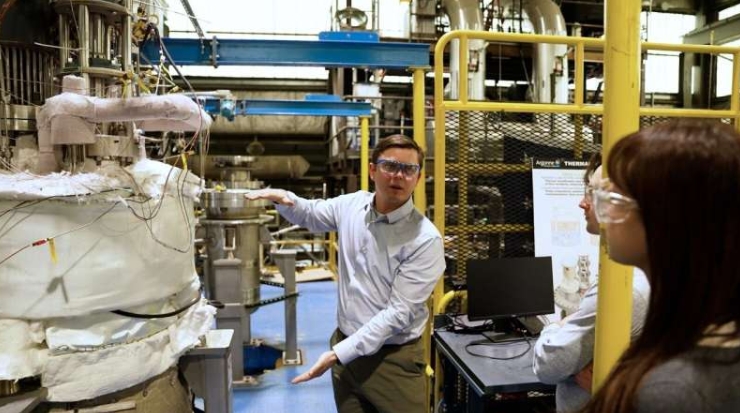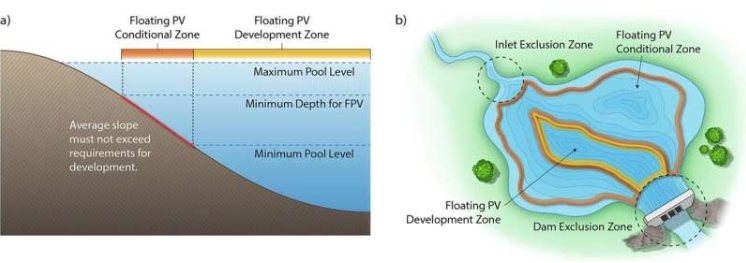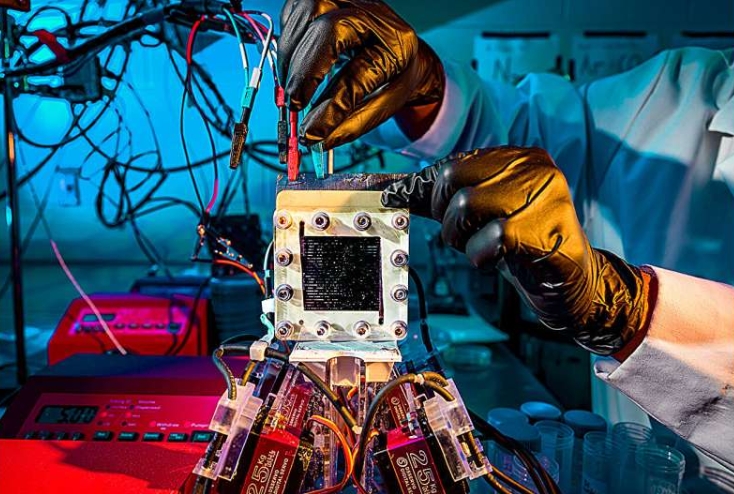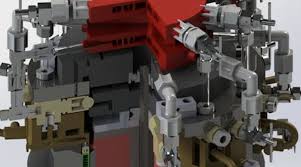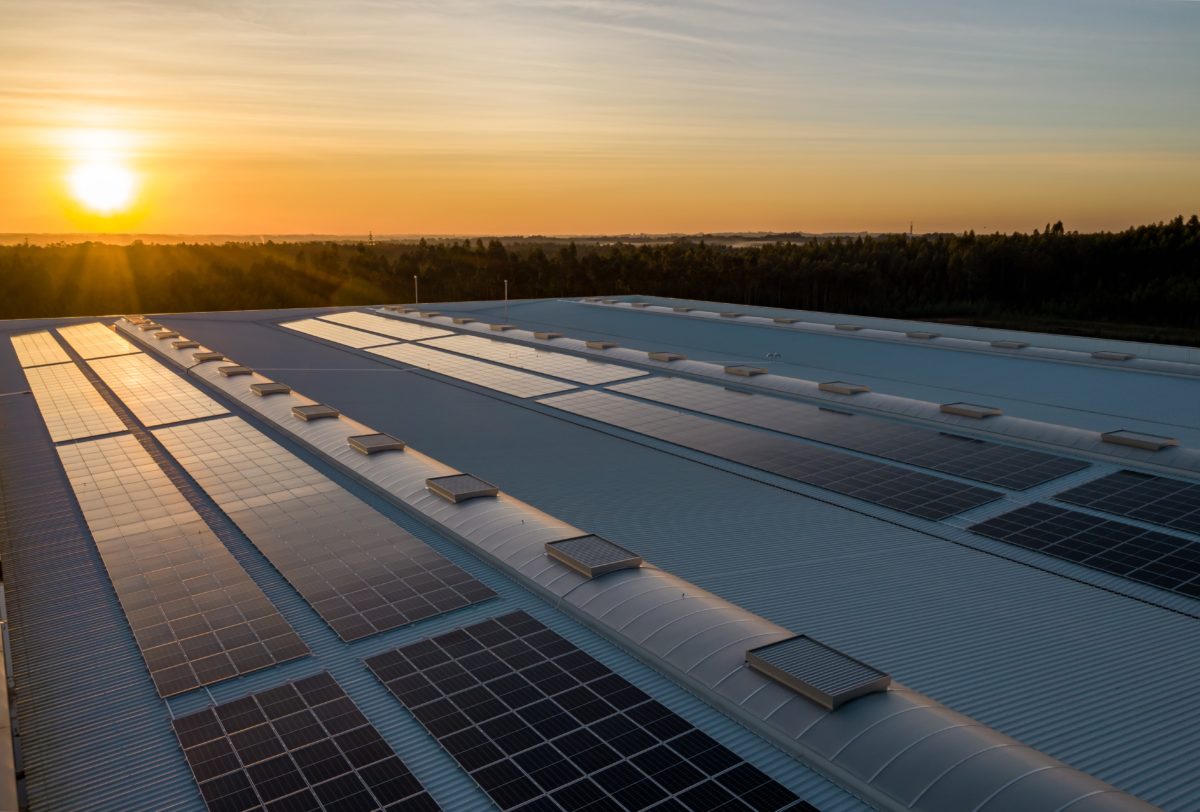According to experts, a single device could generate enough strength to power one hundred homes, experts have claimed. Engineers believe the Dielectric Elastomer Generator (DEG) device could be installed within decades, providing fleets of low-cost, easy to maintain units.
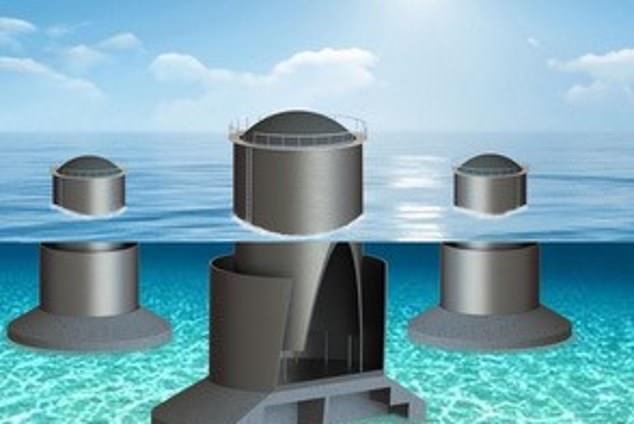
Experiments conducted in an ocean simulator have indicated a single device could generate the equivalent of 500 kilowatts of electricity – about enough to power 100 homes.They say their design is cheaper than more conventional alternatives, is made of durable materials and has fewer moving parts.
A fleet of 10,000 of the gadgets deployed across the globe could therefore potentially power millions of homes.
Professor David Ingram, of the University of Edinburgh‘s School of Engineering, who took part in the study, said: ‘Wave energy is a potentially valuable resource around Scotland‘s coastline and developing systems that harness this could play a valuable role in producing clean energy for future generations.‘
The team hopes their design could take the place of conventional wave power generators, which have complex systems and expensive moving parts.The device costs less than conventional designs, has fewer moving parts and is made of durable materials.It is made to be incorporated into existing ocean energy systems and can convert wave power into electricity.
Professor Ingram‘s team, which includes colleagues in Italy, say it could be used in fleets of low-cost, easily maintained structures at sea within decades.In particular, this would take advantage of powerful waves in Scottish waters, said the researchers.Corresponding author Dr Giacomo Moretti, of the Sant‘Anna School of Advanced Studies, Pisa, said: ‘Remarkable average performance in realistically scaled sea states has been recorded during experiments, with peaks of power output of up to 3.8W.'
This would be equivalent to hundreds of kilowatts at full-scale.A scaled-down version of the system was tested in the circular 25m FloWave tank that can reproduce any combination of ocean waves and currents.
The FloWave tank can generate waves up to 1m high and currents underneath of 1m per second.Scaling up, this allows it to simulate waves up to 28m high and currents of up to 14 knots.
HOW THE DEG WAVE POWER DEVICE WORKS
The Dielectric Elastomer Generator (DEG) was developed using flexible rubber membranes, and fits on top of a vertical tube.When placed in the sea, it partially fills with water that rises and falls with wave motion.As waves pass the tube, the water inside pushes trapped air above to inflate and deflate the generator.
As the membrane balloons in size, a voltage is generated. This increases as it contracts – producing the electricity.In a commercial device this would be transported to shore via underwater cables.
A scaled-down version of the system was tested in the circular 25m FloWave tank that can reproduce any combination of ocean waves and currents.
It could replace conventional designs, involving complex air turbines and expensive moving parts.Its round shape means waves have no reflections and can come from multiple directions, to mimic stormy seas.It can recreate any point on Britain‘s coastline, allowing marine energy systems to be tested and refined.
The tank has been described by scientists as being ‘as close as you get to real sea on dry land.‘
Added Dr Moretti: ‘The obtained results demonstrated the concrete possibility of designing DEG-based wave energy converter devices that are conceived for large-scale electrical energy production.‘
The full findings of the study were published in the journal .
